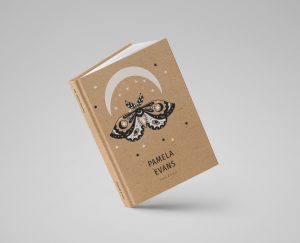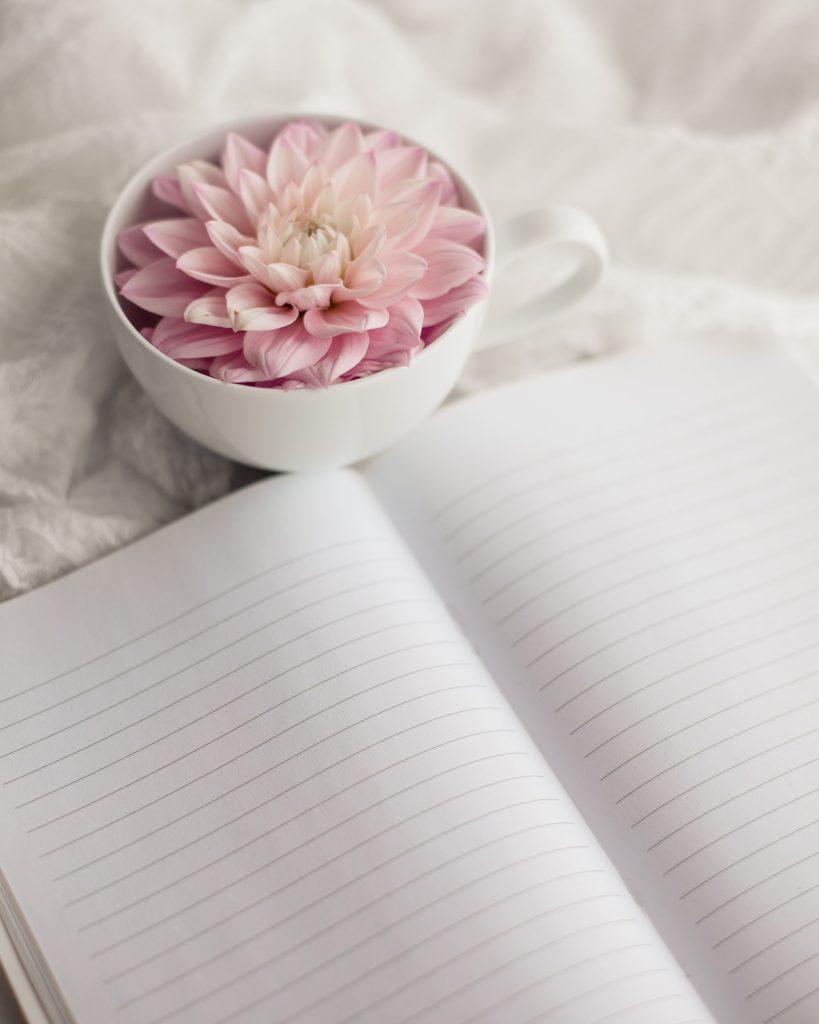

Click here to view our range of personalised journals
Welcome back to our series on personalised journaling! In our previous articles, we discussed various aspects of journaling, including creative prompts, self-discovery exercises, and tips for establishing a consistent practice. Today, we will take your journaling practise to new heights as we explore advanced techniques that will deepen your connection with yourself and enhance your journaling experience. Let’s dive in and unlock the potential of advanced journaling techniques!
One powerful technique to explore is stream of consciousness writing. Set a timer for a specific duration, like 10 or 15 minutes, and allow your thoughts to flow freely onto the pages of your journal. Write without pausing or censoring yourself. This technique encourages uninhibited self-expression and can reveal hidden thoughts, emotions, and insights.
Visual mapping, also known as mind mapping, is a dynamic technique that combines words, images, and symbols to visually represent your thoughts and ideas. Start with a central theme or concept in the centre of your page and branch out with connecting thoughts, associations, and related emotions. Use colours, drawings, and symbols to enhance the visual impact. Visual mapping stimulates creativity, promotes brainstorming, and allows for a non-linear approach to journaling.
Engage in dialogues and write letters within your journal. Imagine having a conversation with different aspects of yourself, such as your inner child, future self, or a wise mentor. Ask questions, seek guidance, and allow the responses to flow onto the pages as if it were a conversation. Alternatively, write letters to yourself, loved ones, or even inanimate objects. Dialogues and letters provide a unique perspective and can unlock deeper insights and understanding.
Take your journaling to a visual and tactile level by incorporating collage and mixed media techniques. Collect images, magazine cutouts, quotes, and other materials that resonate with you. Use glue or tape to adhere them to your journal pages, combining visuals and text in a visually stimulating collage. Experiment with paints, markers, washi tapes, and other art supplies to further enhance your creative expression. Collage and mixed media add texture, depth, and a multidimensional aspect to your journal.
Break free from traditional page layouts and experiment with altered pages and creative layouts. Cut, fold, tear, or fold pages to create pockets, flaps, or interactive elements in your journal. Play with different arrangements, angles, and orientations to bring a sense of surprise and exploration to your journaling experience. Altered pages and creative layouts add an element of whimsy and excitement, encouraging you to engage with your journal in new and imaginative ways.
Devote specific pages in your journal to gratitude and affirmations. Express gratitude for the blessings, people, and experiences in your life. Write affirmations that empower and uplift you. Visualize your dreams and goals through words and images. These dedicated pages serve as a reminder of positivity and can boost your overall well-being and mindset.
Somatic journaling focuses on the connection between your mind and body. Begin by tuning into your body and noticing any sensations, tensions, or emotions present. Use your journal to explore and express these bodily experiences through words, drawings, or even body tracing. Somatic journaling helps cultivate self-awareness, release emotional tension, and deepen your mind-body connection.
Incorporate reflective journaling into your practice by regularly reviewing and reflecting on your past entries. Set aside time to read through your previous journal entries and identify patterns, recurring themes, and personal growth milestones. Reflect on your progress, challenges, and insights gained. This practise not only provides valuable self-reflection but also serves as a reminder of your journey and how far you have come.
These advanced journaling techniques offer unique ways to deepen your self-discovery, ignite your creativity, and expand your journaling experience. Feel free to explore and combine different techniques, adapting them to suit your personal style and preferences. Remember, your journal is a sacred space for self-expression and exploration.
Stay tuned for our next article, where we will discuss how journaling can be used as a tool for mindfulness and stress reduction. Keep journaling and unlock the endless possibilities of self-discovery!
Disclaimer: The information provided in this article is for educational and informational purposes only. It is not intended as a substitute for professional advice. Please consult with a qualified professional for personalised guidance and support.